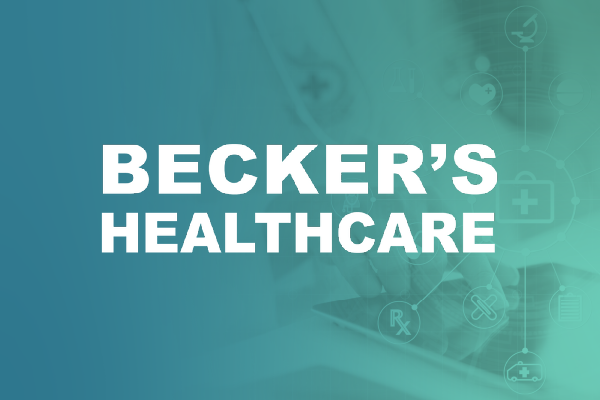
Reflecting on 2024: 3 Healthcare Challenges and Insights into Overcoming Them
As we step into 2025, the healthcare industry finds itself at a critical juncture. Last year, hospitals and healthcare systems faced immense challenges: a lingering labor shortage, financial pressures that forced some organizations to shut their doors, and the ever-present threat of cyberattacks targeting sensitive patient data. In addition, we experienced some unique events that we hopefully won’t see repeated any time soon.
Yet amid the turmoil, innovation has emerged as a beacon of hope, with groundbreaking discussions on the potential of artificial intelligence and the transformative power of secure communication platforms taking center stage. These developments underscore the urgent need for resilient, flexible solutions like TigerConnect which empower healthcare teams to deliver exceptional care in an increasingly complex environment.
We saw several key events in 2024 that highlighted the sector’s current struggles, as well as the strategic opportunities that healthcare organizations can leverage to overcome them. Let’s examine some of these developments and how TigerConnect is helping healthcare systems rise to the occasion.
1. Ransomware Attacks: A Growing Threat to Healthcare
Ransomware attacks have become an alarmingly frequent disruption in healthcare, jeopardizing patient care and putting sensitive data at risk. According to industry data, there were 181 ransomware attacks on healthcare organizations in 2024 alone, exposing vulnerabilities in securing critical systems.
The attack on payments processor Change Healthcare disrupted payments, highlighting the need for effective communication systems to ensure patients are moved through the care continuum efficiently, especially in a challenging reimbursement environment. These incidents underscore the critical importance of using communication tools that are separate from the electronic health record (EHR) system, which remains a primary target for cybercriminals. TigerConnect’s secure, cloud-based platform offers a vital safeguard, ensuring uninterrupted communication and coordination of care even during these cyber threats, keeping care teams connected so patient care doesn’t suffer.
2. The CrowdStrike-driven technology outage:
In July 2024, a technology outage caused by a routine software update from security firm CrowdStrike had a widespread impact on industries across the globe, including healthcare. The incident highlighted the vulnerabilities inherent in the broader technology ecosystem, with EHR systems and other healthcare tools affected by a rare interaction between CrowdStrike’s update and the Windows operating system.
Despite this disruption, TigerConnect’s cloud-based communication platform remained unaffected, enabling our healthcare customers to continue care coordination seamlessly. TigerConnect’s ability to function independently from EHR systems during such disruptions is a testament to the importance of having resilient communication tools in place. This event further emphasized that, in healthcare, downtime can occur for reasons beyond staff control—making reliable communication systems critical for ensuring continuity of care.
3. Hospital bankruptcies and financial strain
The financial challenges facing healthcare organizations are far from over. According to Becker’s Healthcare, 15 hospitals or health systems filed for bankruptcy protection in 2024, continuing a troubling trend. These financial pressures are driven by a combination of labor shortages, rising operational costs, and declining reimbursement rates, and they are affecting both rural and urban institutions.
However, there are actionable steps that hospitals can take to improve financial performance, one of which is streamlining communication workflows to enhance patient throughput. For example, Trinity Health System used TigerConnect to increase patient throughput and reduce “left without being seen” (LWBS) rates by 86%. Similarly, Providence Saint John’s Health Center improved its average length of stay by 20% and accelerated emergency department (ED) to admission times using TigerConnect. While the financial pressures are significant, these results demonstrate that operational efficiencies—particularly in communication—can provide hospitals with greater leverage in managing costs and improving outcomes.
Looking Ahead to 2025
Amid these healthcare challenges, the need for secure, reliable communication solutions has never been more urgent. Healthcare organizations are contending with labor shortages, financial instability, and rising cyber threats. As we move into 2025, TigerConnect remains committed to helping healthcare organizations navigate an increasingly complex landscape by offering flexible, secure communication solutions that empower care teams to deliver exceptional patient outcomes. We look forward to continuing our work alongside hospitals and healthcare systems, helping them meet the demands of tomorrow’s healthcare challenges.
Featured Resources
Related Articles














